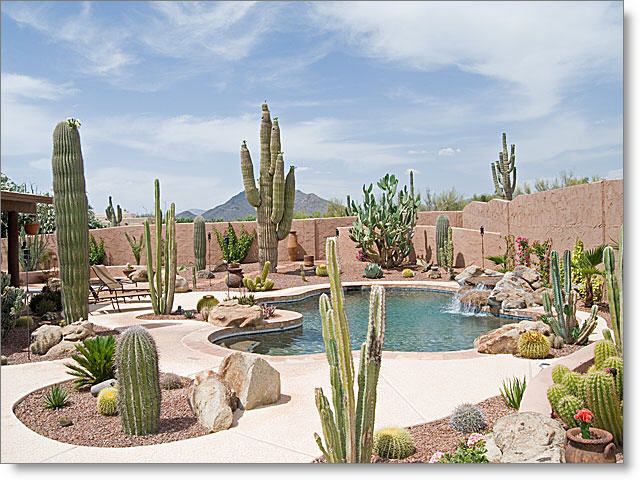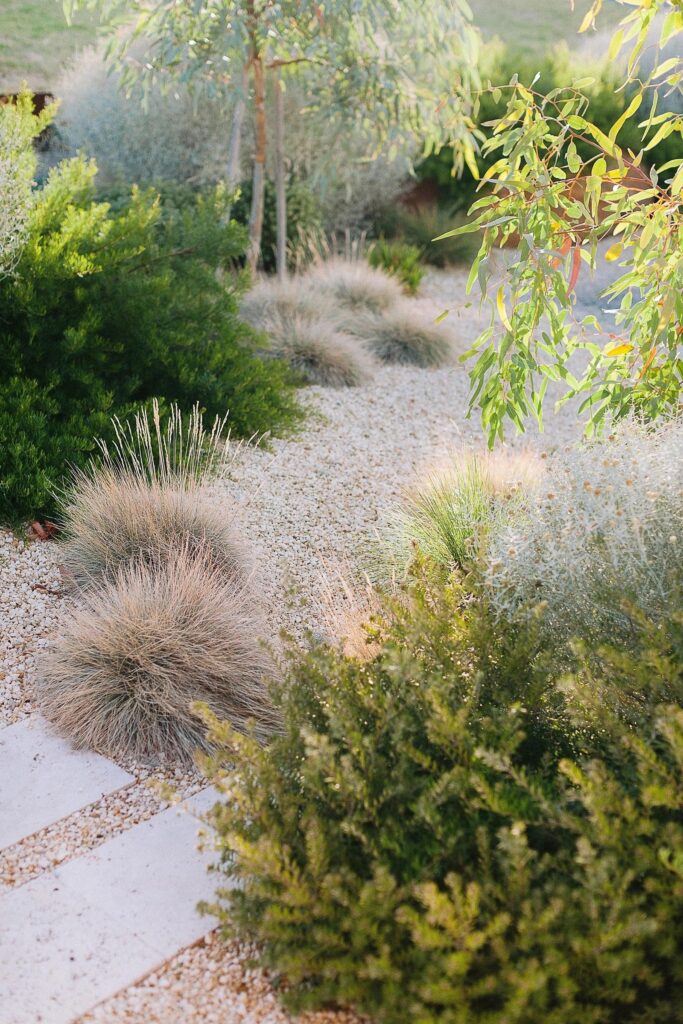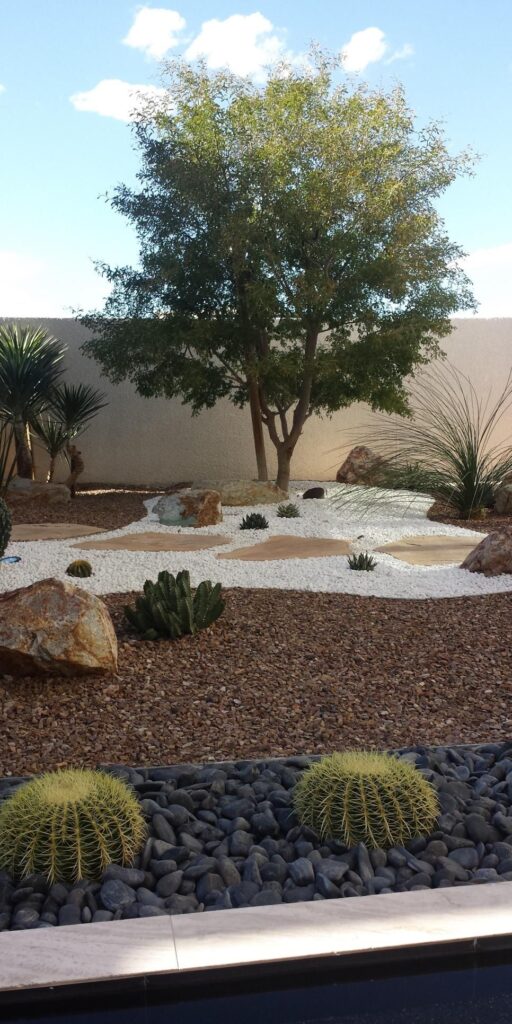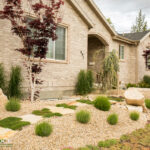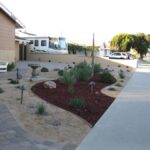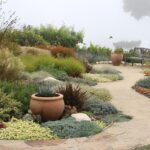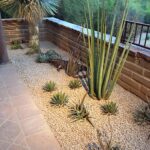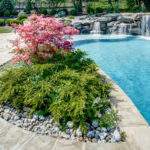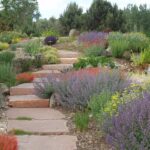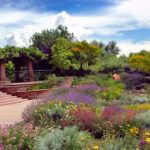Xeriscaping is a type of landscaping that focuses on creating a sustainable and water-efficient outdoor space. Originating in dry regions like the American Southwest, xeriscaping has gained popularity in recent years due to its environmental benefits and low maintenance requirements.
One of the key principles of xeriscaping is using drought-tolerant plants that require minimal watering. This not only conserves water but also reduces the need for costly irrigation systems. Examples of drought-tolerant plants commonly used in xeriscape designs include succulents, cacti, and native grasses.
In addition to selecting the right plants, xeriscaping also involves using mulch and rocks to cover the soil. Mulch helps retain moisture in the soil, while rocks can help prevent soil erosion and reduce weed growth. These materials also add texture and visual interest to the landscape.
Another important aspect of xeriscaping is proper planning and design. By grouping plants with similar water requirements together and considering factors like sunlight exposure and soil type, landscapers can create a cohesive and sustainable outdoor space. Xeriscape designs often incorporate features like pathways, boulders, and decorative gravel to enhance the overall aesthetic.
While xeriscaping is often associated with arid climates, its principles can be applied to a variety of landscapes. By incorporating native plants and adopting water-saving practices, homeowners in more temperate regions can create beautiful and eco-friendly outdoor spaces. Xeriscaping can also help reduce maintenance costs and time spent on watering and lawn care.
Overall, xeriscaping offers a practical and sustainable approach to landscaping that benefits both the environment and homeowners. By prioritizing water efficiency, using drought-tolerant plants, and embracing low-maintenance design principles, xeriscape landscapes can thrive in a variety of settings. Whether in a desert environment or a suburban backyard, xeriscaping offers a solution for creating beautiful and sustainable outdoor spaces.
